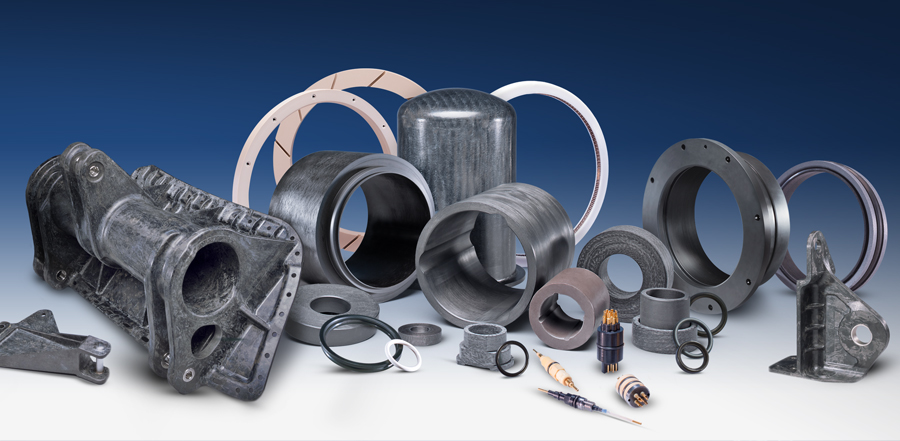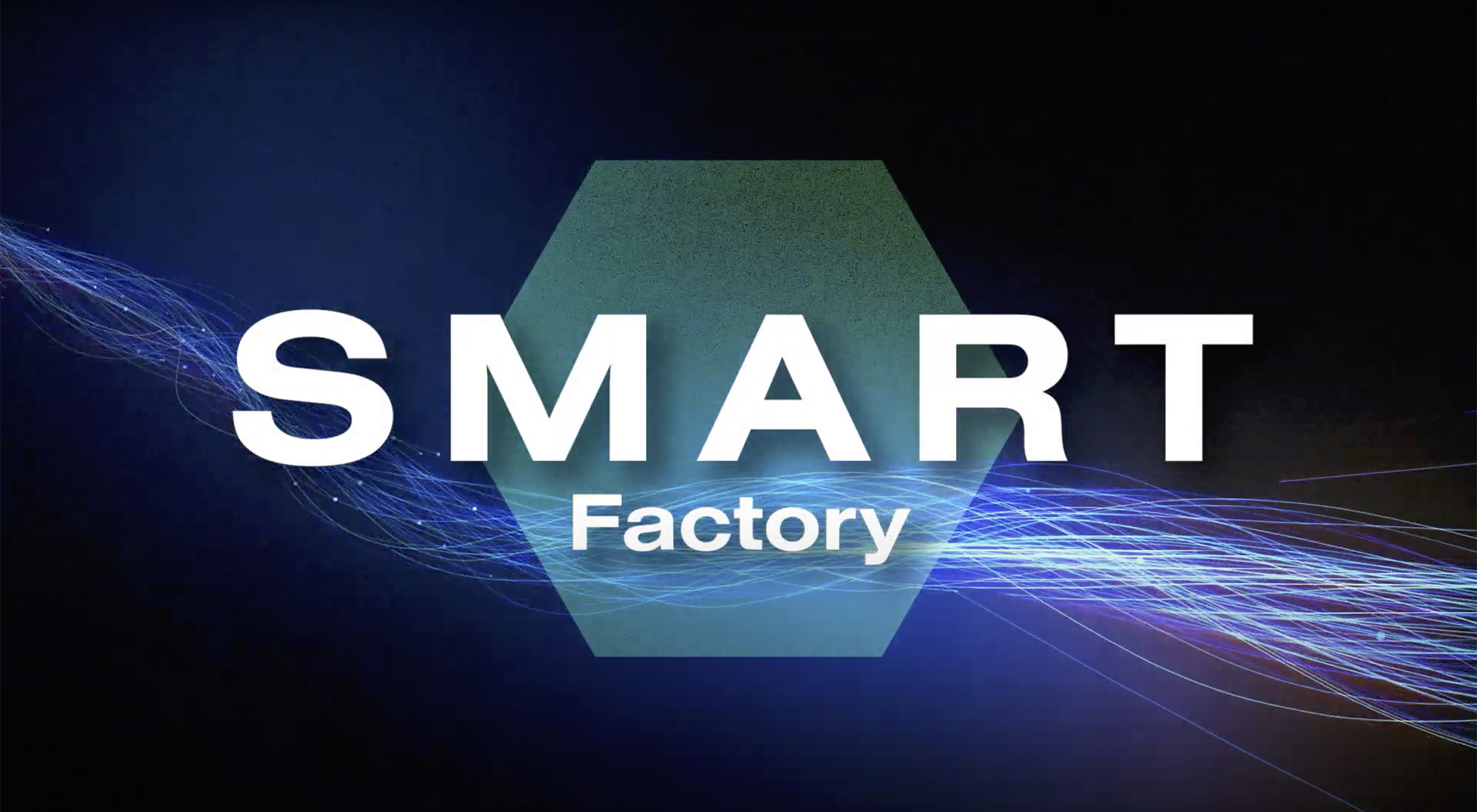Greene Tweed's Transformation Journey

Brent Regan explains what it takes for Greene Tweed to address some of the toughest applications for semiconductors, aerospace, defense, energy, and industrial markets across the globe

How did a family-owned start-up that produced buggy whips in New York 152 years ago refresh itself to develop, manufacture, sell and support innovative elastomeric, thermoplastic component solutions to several industries? In a conversation with Manufacturing Today, Brent Regan, Greene Tweed’s Vice President of Business Operations and Technology Development, narrates the company’s one-and-a-half-century-long journey to become a significant leader in several industries.
The article notes that Greene Tweed is keeping up with the times by “remaining loyal to new ideas and supporting the growing potential of its staff” to become the award-winning manufacturer it is today. “We are key with our sealing technologies in providing environmental protection, we keep environments from each other to ensure things like health & safety, productivity, reliability, uptime, yield is not comprised. We also protect equipment, and power and extract data from these harsh environments with our wear, abrasion, structural and electrical and fiber optic connectivity solutions,” Brent says, “Whether it be in semiconductor to keep prospective contaminants out of the chambers, and ensure that the contents, particularly the more dangerous chemicals, are not leaked, or in our energy, aerospace, and defense or industrial markets high end, sealed, rugged, material and product solutions is what we do.” He also provides details of the three main technology streams — Sealing, Wear/Abrasion/Structural Components, and Electrical and Data connectors — that produce innovative solutions to help solve customers’ problems.

Regan goes on to describe the automation and transformation of the infrastructure, from the award-winning RIGHT-FITT™ initiative to the use of transformative robots, cobots, machine automation, AI, and MES. "A great example of the full automation was our composite R&D facility of a full robotic cell where we do most of our initial prototyping, robot, and automation work. We are in the midst of our five-year strategic plan, which will finalize the automation of all our facilities including looking at the supply and demand curves, our integrated business planning processes, and the potential need for a new facility heading into the later stage of our plan,” he shares.

To sum up, he provides a glimpse of the new markets Greene Tweed is pursuing now, such as Mobility, an increasing hydrogen eco-system, batteries, alternative energy, and others. “We tend to do our best when we look to what’s new and innovative, which is why we have seen a significant amount of our success in the semiconductor industry, because it continues to push its technology towards partners that can develop just as quickly,” he explains.
YOU MAY ALSO LIKE
